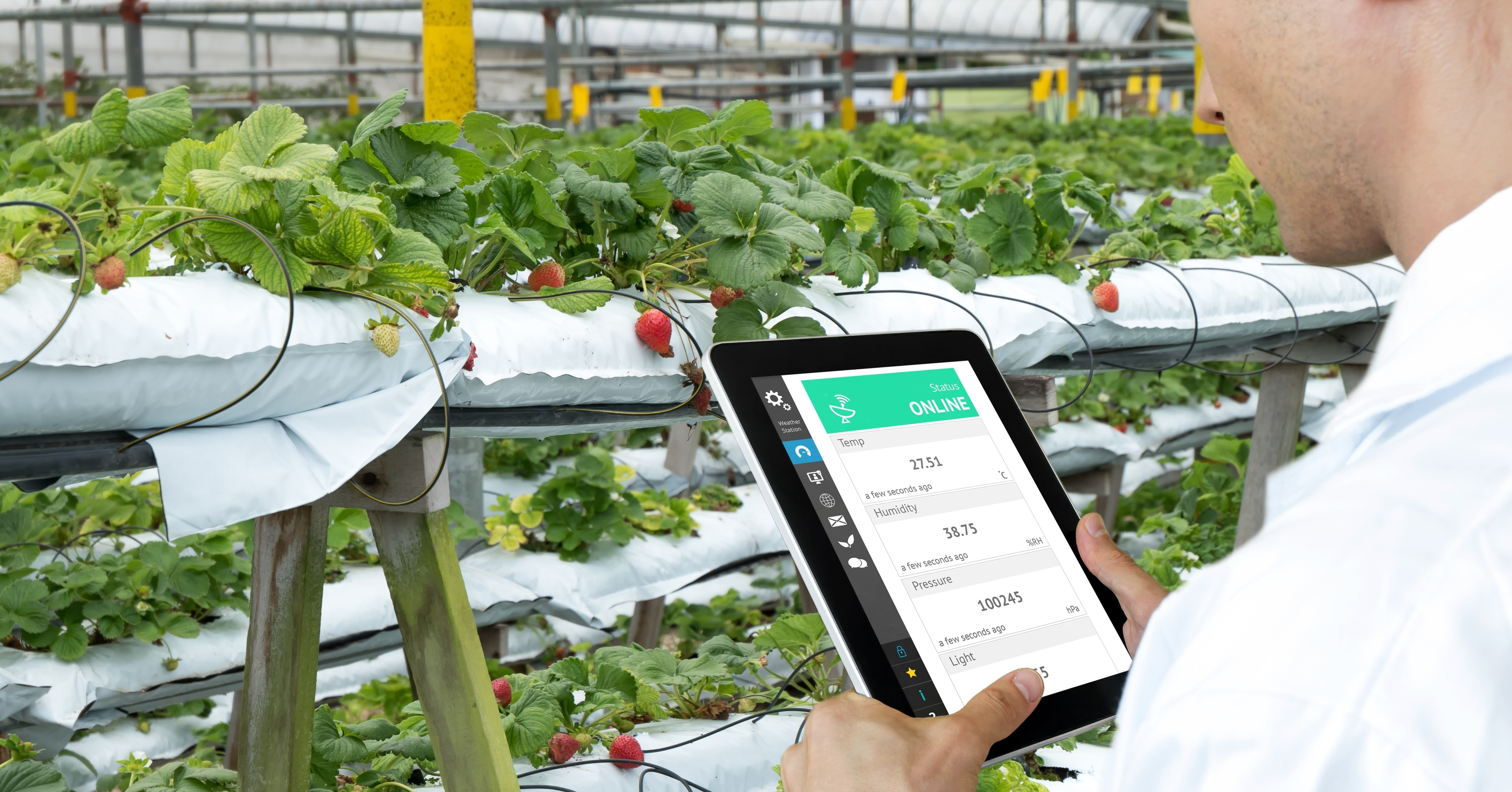To plan for the future of your food business and better adapt to unpredictable changes in the industry, you’ll need to understand how your processes work inside and out, from your production lines to senior management. However, with concerns around the fragmented global supply chain and how it’s impacted sourcing and distribution strategies, it has become apparent that most businesses lack the visibility they require.
Here, we’ll highlight the importance of having visibility over your food supply chain, and the role it’ll play when mitigating your risks:
The challenges without supply chain visibility
Supply chain visibility allows you to gain better quality control, see where you can enhance efficiency within your production lines, and gives you a bird’s eye view of your operations, from farm to fork. Before we dive into how you can achieve this, let’s look at some of the challenges many food businesses face due to the lack of visibility:
- Delayed error reporting – if there are any issues that ‘crop’ up during food production and you can’t identify where this is occurring, this will reduce your efficiency on a short and long-term basis. Additionally, if these problems aren’t reported straight away, it could have a knock-on effect on your other processes such as stock control, placing increased pressure on your supply chain
- Inability to keep up with consumer demand - consumer demands are forever changing, meaning you need to anticipate market conditions quickly to meet their shifting needs at any given time. However, this will lead to either more waste from overproducing food if there is a lack of demand for particular products or shortages without tracking procedures in place

- Food safety fears – product recalls have become a challenge for food businesses, mainly due to cross-contamination with ingredients. Recently, chocolate manufacturer Kinder, have recalled their eggs due to traces of salmonella, impacting their reputation. If they had visibility over their sourcing strategies, the impact of their product recall could’ve been significantly reduced
The three steps to achieve better visibility over your supply chain
1. Ensure your information is easily accessible
This is the first step to achieving visibility within your food supply chain. Here are some questions you should be asking:
- Can I see it?
- How quickly can I access information, whether I’m remote or on-site?
- Is it real-time or yesterday’s information?
- Can I get all I need from one source?
If your key departments can’t access information at the right time, this will lead to the challenge of keeping up with consumer demands, due to the inability of predicting the current trends in the market. With businesses that still use traditional methods of keeping track of their inventories with pen and paper, for example, this results in delays as different teams may need to keep going back and forth to gather the insights they need, directly impacting your efficiency.

Digital systems, such as ERP systems, provide remote access to real-time data on multiple devices. This brings us to the next step…
2. Ensure the information you access is accurate
Even though your key departments can access data , how can you be sure it’s accurate? For example, it’s no use seeing see how much stock you have if that information’s out-of-date or incorrect. The fast-paced nature of the food industry means it’s vital to have access to real-time data within your supply chain, allowing you to better adapt to shifting consumer trends and stay compliant with new regulations such as Natasha’s law.
You should also have data that represents the truth for your supply chain visibility. A challenge for the industry is tackling food waste for example, with over 75% of this happening during the production stage. How can you prevent this? Implementing digital systems like an ERP system will reveal what’s happening and where, allowing you to pinpoint issues for a quicker resolution within your supply chain.
3. Focus on the right information
Overseeing all of your business information would be extensive, requiring administrative teams across each department to accurately trace everything from your supply network, production, and delivery.
Implementing an ERP system assists you by providing vast information about your individual products and current processes. However, with the quantity of information available within an ERP solution, it can be daunting or confusing at first. So, to focus on what you need, you must have an effective implementation strategy so your teams can better prepare for change.
You can also improve visibility by introducing automation techniques within your supply chain. Triggers can be set up and established when you receive stock, allowing for better control over your goods in and goods out. Automation techniques can also be set up to trigger issues with your quality control processes. This, therefore, offers enhanced traceability on your products, which is pivotal to preventing product recalls as we mentioned earlier, and rectifying issues before they escalate.

Our podcast with Natures Way Foods highlights the importance of an effective ERP strategy, showing where they experienced challenges of getting everyone trained and on board with their new implementation. Listen to it here.
How to always ensure you have complete visibility over your food supply chain
The three above steps ensure you have a 360-degree view of your food supply chain. But how can you ensure you always have this level of visibility? Embrace digitisation within your processes and find the right technology that grows with your business.
Digitisation allows you to improve your supply chain risk management, as you’ll become quicker to resolve internal issues, more adaptable towards sudden changes in your supply network, and build resiliency against the challenges facing the food industry.
The industry was already slowly shifting from paper to non-paper (though there are still some people who are sceptical with regards to digitalisation), and the current uncertainty has accelerated the need to do so.
What’s next for the future of the food industry?
Now that you understand how to improve your food supply chain visibility, you should better understand the external challenges of the food industry. This will allow you to better prepare for any unexpected change affecting your food business, and due to the ongoing concerns of fragmented supply chains, you must stay as agile as possible. In our guide, we address:
- An overview of the food industry in 2021
- Trends you should be paying attention to for the rest of 2022
- Why introducing new value is more than just introducing technology
Interested? Get your copy below.


